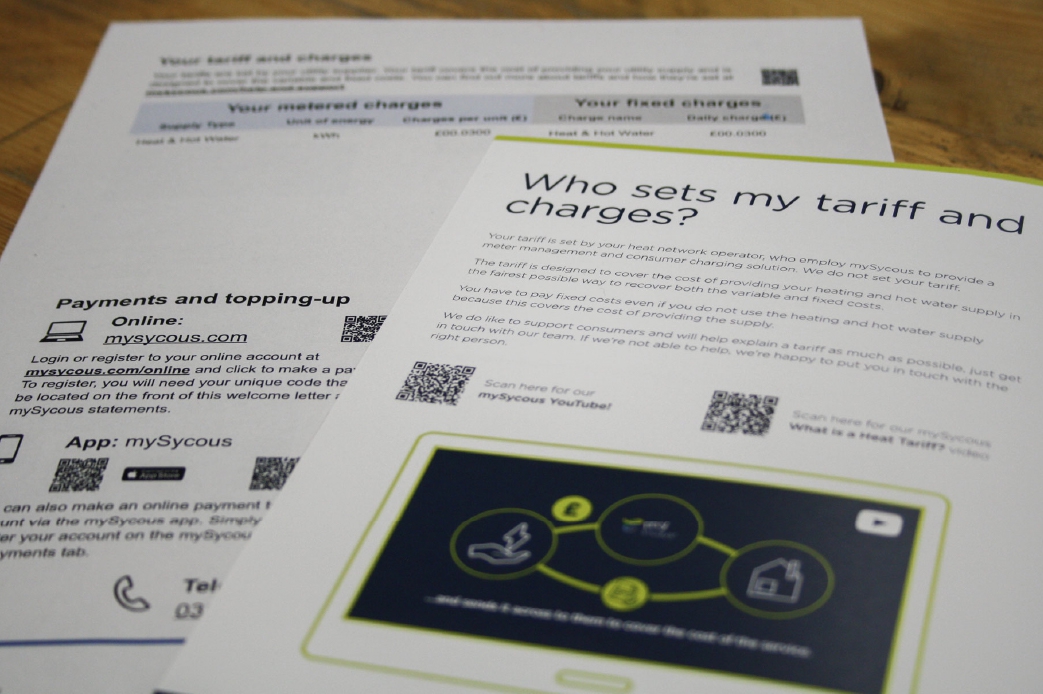What is happening and what does it mean?
There is a degree of concern over the upcoming regulation of heat networks for organisations involved in heat networks and there is uncertainty around what compliance effects this legislation will have, together with level of misinformation surrounding upcoming regulations which leads to a stressful time for heat suppliers and heat network operators.
The first changes to the legislative landscape for heat networks was through the Energy Act 2023 and the Heat Networks (Scotland) Act 2021, combined with the appointment of Ofgem as the regulator for heat, alongside their current remit for electricity and gas utilities. This is not the end of legislation, rules, requirements and best practise; it is the start.
There will be secondary legislation which will be used to formalise and expand on aspects of this primary regulation, as well as to build upon and incorporate existing industry led schemes, such as Heat Trust and CIBSE CP1, and adding in mandatory compliance and a greater level of influence over all aspects of heat networks from their technical functionality and efficiency to pricing and minimum standards.
This won’t happen overnight. It is already recognised that there will be an initial transition period of at least a year and whilst it was hoped in be in place for 2025, it is likely to be delayed until 2026. However, this doesn’t mean that steps can’t be taken now that will ultimately benefit and ease compliance later.
Fundamentally, implementing this level of regulation will be a good thing for consumers and businesses, by establishing common standards and expectations that all stakeholders can rely on. The move to standardising heat network compliance demonstrates the UK Governments belief in the important role existing and future networks will play in meeting the Governments aims for Net Zero. It is important for creating mechanisms to recognise minimum levels of technical standards that operators and users of heat networks can consistently rely on, through such things as the Heat Networks Technical Assurance Scheme (HNTAS), and the need for organisations to be authorised by Ofgem as a heat supplier and operator, together with things such as the right of recourse for domestic and micro-business customers through the Energy Ombudsman.
We see many promising developments in this arena, include those led by traditional utility suppliers such as e.on at their Citigen power station or Vattenfall investing in the UK market.
Whilst it would be fantastic if this regulation is implemented in a rapid fashion, it is critically important that speed is balanced against the need to do it correctly, to make sure it is certain that it will meet its targeted aims. We don’t know all the details yet, but we support the targeted aims of the legislation and approve of the approaches by the Department for Energy Security and Net Zero (DESNZ) and Ofgem to ensure there is robust engagement and consultation in order to develop and formalise an approach to heat networks that works to provide increased value and outcomes for all.
This does leave the question… what do we need to do now?
There are two spokes to your actions: technical and efficient operation and consumer protection and support.
In terms of the technical and efficient operation of your heat networks...
You should seek data and understanding on your existing scheme operation, including data from meters that may be required under the Heat Network (Metering and Billing) Regulations 2014. This information, whether you have the resources to directly review, or employ specialists to do so on your behalf, can help inform you of current efficiencies and potential improvements, including the potential costs. There is also funding available for improvements from schemes such as the Heat Network Efficiency Scheme (HNES), which can also be considered, where appropriate. Most recently this has awarded £2.7m across 33 projects.
This is also important for new heat networks, which might be in construction, or in development. You should seek to understand from your development teams and consultants how they have considered best practise, any guarantees that may be offered and independent assessments that can be undertaken. There are fantastic schemes already being recognised, such as recent recognition of the Renfrewshire's District Heating Network and encouragement for heat networks, such as the Public Sector Decarbonisation Scheme Phase 4 and Green Heat Network Fund.
We also recognise that as a heat supplier you may not have control over all aspects of the heat network, which may be another organisation or supplier. In this case, you should seek to engage with what steps these organisations are undertaking.

When it comes to best practise for consumer protection...
There are options with Heat Trust, which provides some level of protection but by September 2023 was covering only around 75,000 or less than 20% of households connected to a heat network, alongside aspects of the existing Heat Network (Metering and Billing) Regulations 2014. However, standards of consumer protection are very unlikely to exceed the standards for electricity and gas, so working towards these would represent best practise and you should proactively look at all aspects of your consumer offering, from tariff calculation to consumer protections such as Priority Services Registers. It is important to remember and check your compliance with these existing regulations, including aspects such as maintenance of heat meters, which will set you up for easier compliance in future.
Alongside standards from Ofgem for other utilities, we can also look further afield to countries with more experience of heat networks who are coming up against similar challenges but also have answers from their existing experience, most recently this includes addressing some of these challenges in Europe.
As a Heat Supplier, you may not have complete control over every aspect of consumer protection, due to existing suppliers and contractual relationships. This would be the time to engage across your supply chain and seek to work collaboratively on your current and future approach, across existing and upcoming heat networks. As with the technical aspects, where you do not have the internal resources there are several organisations who can effectively support you.
Be regulation ready.
Make sure your organisation is on the smoothest path to compliance with upcoming legislation changes for heat networks.
Whilst we have set out next steps here, it may appear overwhelming and simply awaiting it happening would be the easiest approach. Whilst this is the easiest now, it may not be the easiest and most cost effective in the long-term, which is why we are engaging with our current clients, as well as other heat suppliers and operators, to work collaboratively to share our knowledge and seek to support your future compliance. So please get in touch with our team to discuss what we can do, or what others can do to support you and your organisation.




